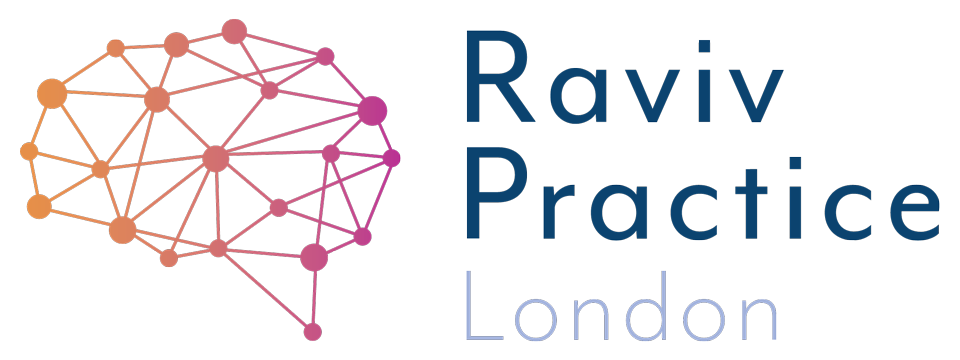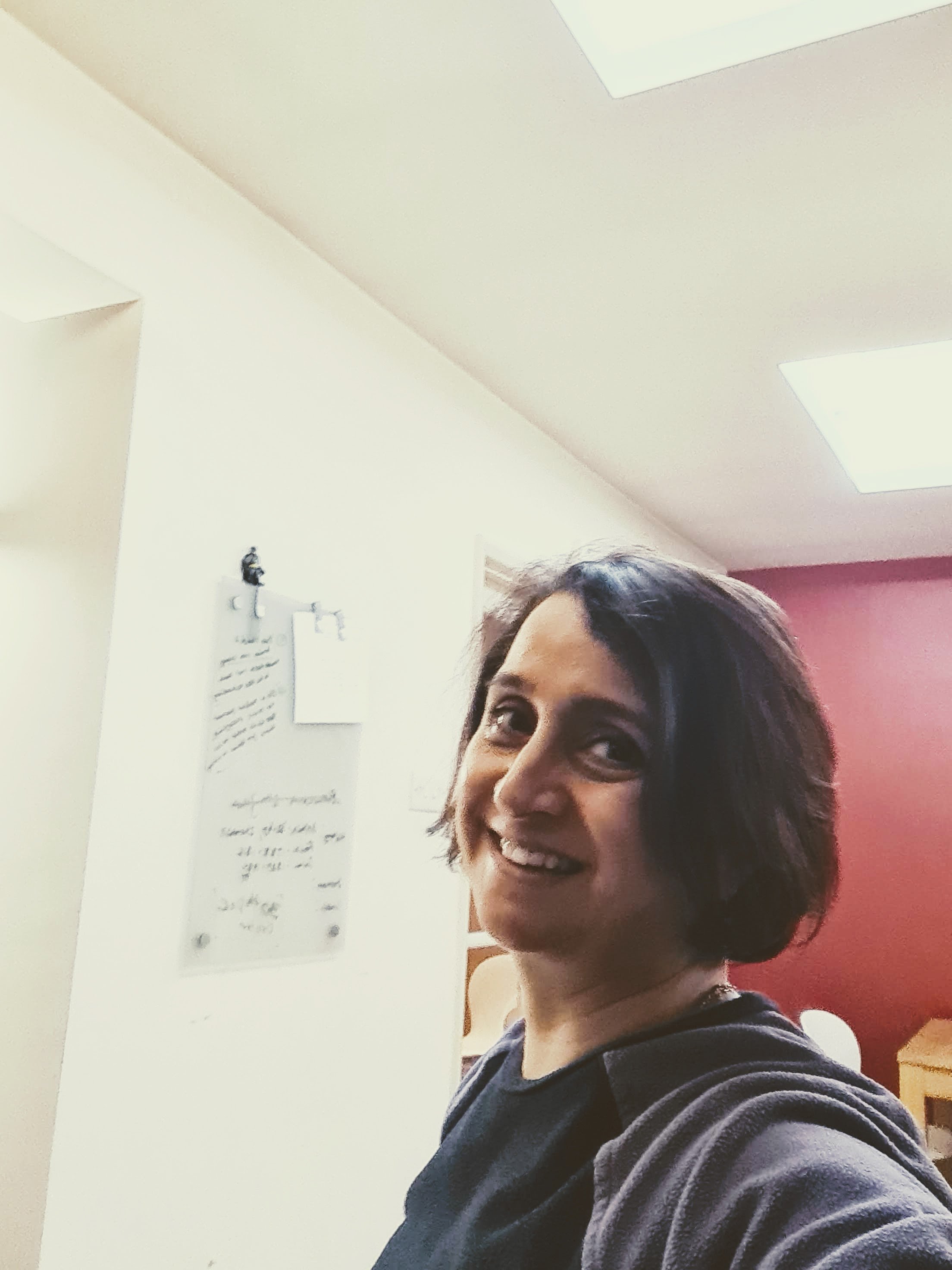Remove random, by anchoring rhythm.
Throughout my blogs and my website, you will notice that I talk about Bal-A-Vis-X a lot. That’s because it has become one of the most effective tools in my repertoire. It is based on a very deep understanding of how movement is related to neural circuitry, and it affects not just the movements used in the exercise, but a huge number of other developmental challenges too.
This is the story of the first time I realised just what an amazing tool Bal-A-Vis-X could be.
When I started working together with seven year old Kiran, I knew I had taken on a big challenge. Our initial sessions would entail a lot of resistance and crying for no apparent reason.
“Mechanically, Kiran read well, especially for a seven year old child”
However, as soon as we took a break for snacks and a drink, Kiran showed no resistance at all. It was during one of those breaks that I noticed that his eating and drinking had no natural pace, the juice had quickly been gulped down to completion in one go.
At this point, it struck me that Kiran’s reading skills reflected that very same attribute. Mechanically, Kiran read well, especially for a seven year old child. However, he did not take the right pauses and over-looked punctuation altogether. I thought this must be one of the factors affecting his reading comprehension, and was certain there was a connection between the two very similar behaviours.
Going back to through all my knowledge and experience, one thing occurred to me: I thought about Howard Gardener's theory of multiple intelligence (learn more about that here). His theory is that there are many different types of intelligence which make up any one person’s full range of skills. This made me believe that Kiran needed to develop his rhythmic skills in order to address his other challenges.
We had already done a lot of work on bilateral and motor sensory integration and I now needed new tools to help him. This help came when I purchased a DVD pack from Bal-A-Vis-X founder Bill Hubert. The DVDs contained instructions to the Balance, Auditory and Vision Exercises taught in workshops held by Bill all across America.
“The outcome was a more reflective individual who was able to understand his environment, not just react to it.”
I only ever worked through the first two exercises as I soon realised the DVDs should be used as a post training tool. Nevertheless, we persevered and, while they weren’t easily to implement, we managed to make these two exercises a success with the help of Kiran's dedicated nanny.
The outcome was a more reflective individual who was able to understand his environment, not just react to it. Kiran's behaviour started to improve, enabling him to progress in his academic learning.
In 2009 Kiran was the first child I ever worked with using Bal-A-Vis-X. I have since been to The States many times to learn more, and am now running my own workshops here in the UK. Bal-A-Vis-X is a fantastic programme that can offer so much to so many people.
You can learn more about how to join the next workshop here.
In my next blog, I’ll tell you more about my own experiences in the Bal-A-Vis-X workshop in the US.
Dyslexia? Dyspraxia? ADHD? ASD? Speech & Language? Developmental Delay? Anxiety?
Is every school day a struggle? As a parent, you may feel exhausted and on this journey alone. Each year you see the gap getting wider. You need to do something - change the approach, help your child learn for themselves, find a way to turn this around - to help while you can - do this NOW. the first step is free.
About the Author
Usha Patel is a Neurocognitive Therapist and Director at Raviv Practice London. Parents searching to help their suspected/neurodiverse child can get evidence-based solutions with results in as little as 8 weeks. Those in search of jargon-free help can get started straight away.


